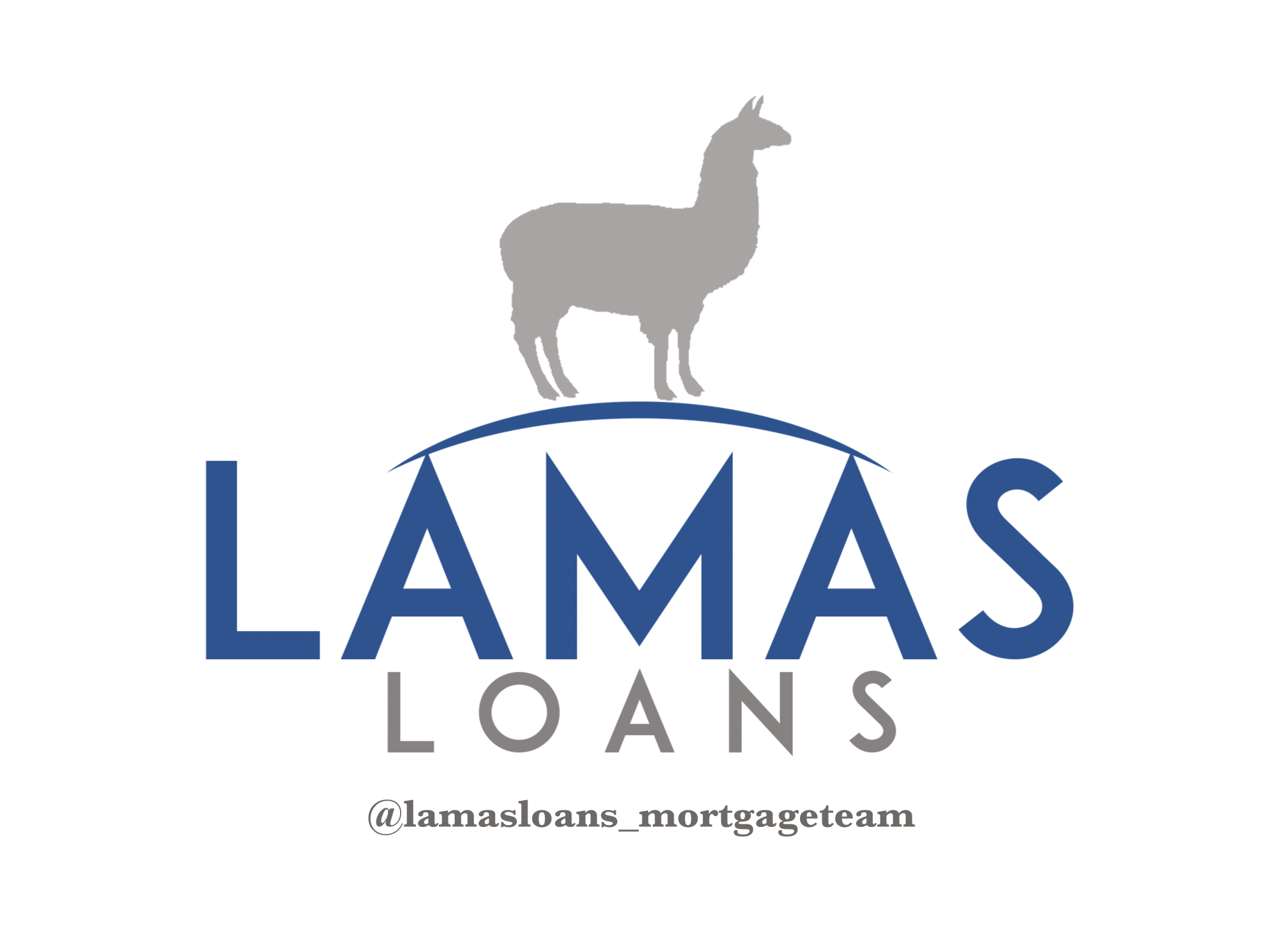
Three Types of Renovation Loans to Transform Your Home in Florida
Florida homeowners looking to upgrade their properties have several financing options to consider. Renovation loans provide a way to fund home improvements without requiring large upfront payments. Whether you’re purchasing a fixer-upper or enhancing your current home, choosing the right loan can make all the difference. In this article, we’ll explore three popular renovation loan options: FHA 203(k) Loan, Construction Perm Loan, and HomeStyle Renovation Loan—each with unique benefits and requirements.

1. FHA 203(k) Loan: Ideal for Fixer-Uppers
The FHA 203(k) Loan is a government-backed mortgage designed for buyers looking to purchase homes that need repairs or homeowners who want to renovate their existing properties. This loan allows borrowers to finance both the purchase price and renovation costs into a single mortgage.
Key Features:
- Minimum credit score: 580
- Down payment: 3.5%
- Debt-to-income ratio: Maximum of 43%
- Eligible properties: Must be a primary residence
- Mortgage insurance: Required
Common Renovations Covered:
- Plumbing and electrical upgrades
- Flooring improvements
- Kitchen and bathroom remodels
- Home expansions
Benefits:
- Low down payment requirement
- Allows financing for both purchase and renovation
- Government-backed security for lenders
Considerations:
- Requires mortgage insurance
- Limited to primary residences
- Renovation work must be completed by licensed contractors

Construction Perm Loan: Financing for New Builds
A Construction Perm Loan (C/P Loan) is ideal for homeowners looking to build a new home or undertake major renovations. This loan combines construction financing and permanent financing into one package, eliminating the need for multiple loans.
Key Features:
- Minimum credit score: 660 for FHA and VA, 680 for Conventional
- Down payment: 3.5% for FHA, 5% for Conventional
- Debt-to-income ratio: Maximum of 45%
- Single closing: Reduces closing costs
Benefits:
- Combines construction and permanent financing
- Allows customization of home design
- Single closing reduces fees
Considerations:
- Requires higher credit scores
- Construction delays can impact financing
- Requires detailed planning and budgeting
HomeStyle Renovation Loan: Flexible Financing for Upgrades
The HomeStyle Renovation Loan, backed by Fannie Mae, offers flexibility for homeowners looking to finance renovations, including luxury upgrades. Unlike the FHA 203(k) loan, this option allows financing for second homes and investment properties.
Key Features:
- Eligible properties: Primary residences, second homes, and investment properties
- Loan amount: Up to 75% of the home’s post-renovation value
- Credit score requirement: Typically 620 or higher
- Luxury renovations allowed: Pools, landscaping, and high-end upgrades
Benefits:
- Covers a wide range of renovations, including luxury upgrades
- Available for second homes and investment properties
- Higher loan limits based on post-renovation value
Considerations:
- Requires higher credit scores
- Strict lender requirements
- Renovation work must be completed within a set timeframe
Choosing the Right Renovation Loan
Selecting the best renovation loan depends on your financial situation, property type, and renovation goals. Here’s a quick comparison:

Final Thoughts
Renovation loans provide Florida homeowners with the financial flexibility to transform their properties without draining their savings. Whether you’re looking for a low down payment option like FHA 203(k), a construction-focused loan like Construction Perm, or a flexible financing solution like HomeStyle Renovation, there’s a loan tailored to your needs. Before applying, consult with a mortgage professional to determine the best fit for your renovation plans.
References:
Read More
Leave Your Information Now!
Want personalized assistance? Visit our 'Contact Us' tab and leave your information with one of our experts.


Location
United States
Contact Info
- 14750 NW 77th Ct Suite 204, Miami Lakes, FL 33016
- 3150 SW 145th Ave, Miramar, FL 33027
- (786) 505-5105
- Fax: (754) 225-1011
- Team@LamasLoans.com
We do not share data with third parties for marketing/promotional purposes.
By submitting your phone number to Lamas Loans, you are authorizing a representative of our company to send you text messages and notifications. Message frequency may vary. Message/data rates apply. Reply STOP to unsubscribe to a message sent from us, and HELP to receive help.
Copyright © 2024 LAMAS LOANS | NMLS # 1517696 | An Equal Housing Lender









